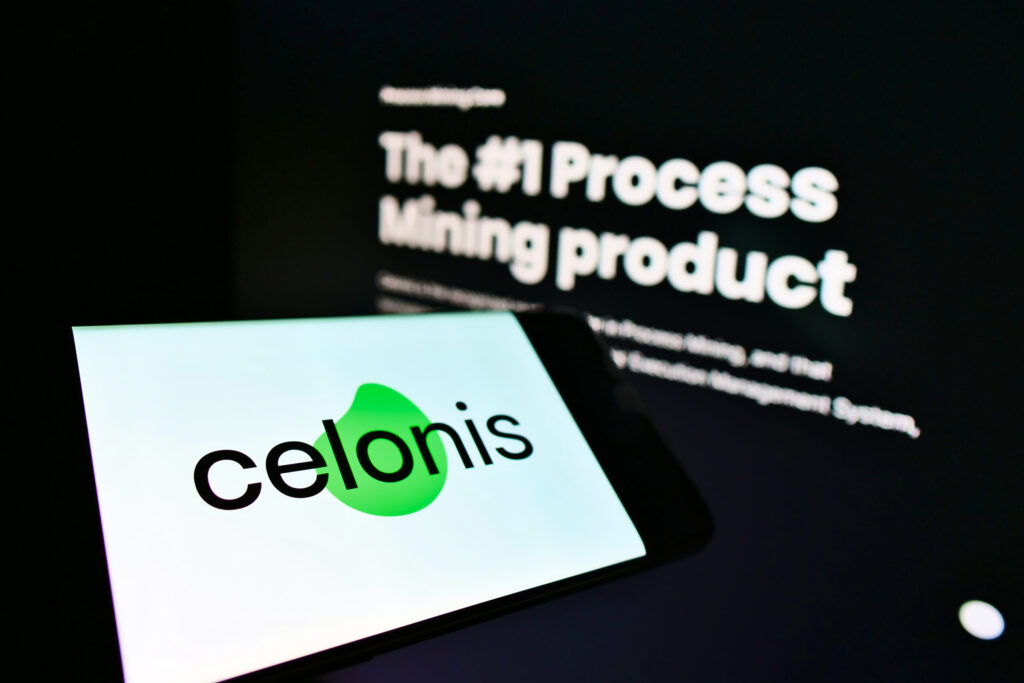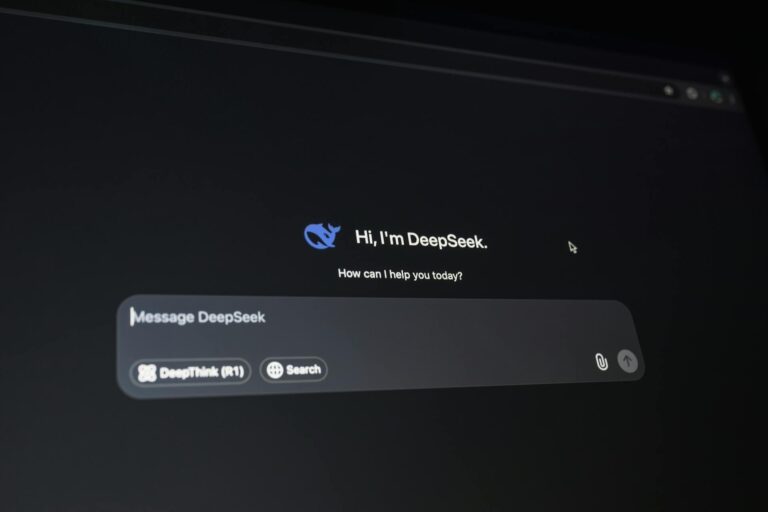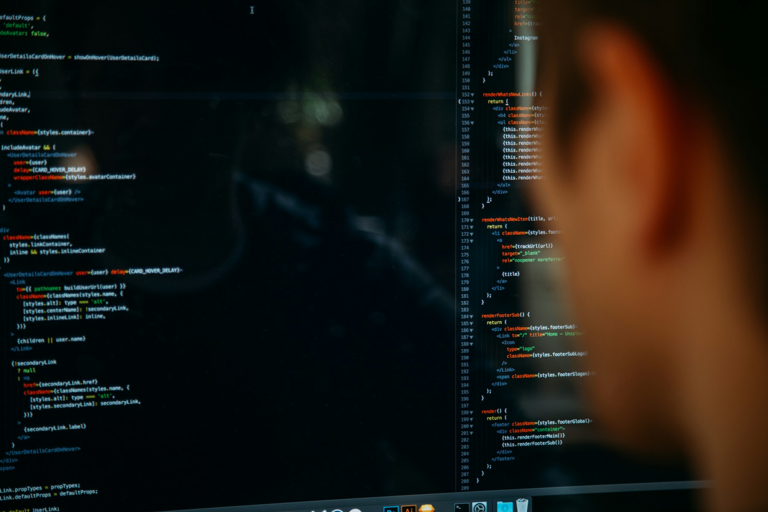
When it comes to computer science, there can be very few people walking the earth with the credibility of Professor Wil van der Aalst.
Van der Aalst is widely credited as the inventor of process mining and the first to coin the term in academics and in business. He is also seen as one of the world’s leading experts in business process management, workflow management, simulation, concurrency, and process modeling.
For the uninitiated, process mining is an analytical discipline for discovering, monitoring, and improving processes as they actually are, by extracting knowledge from event logs readily available in the existing IT systems. It offers objective, fact-based insights, derived from actual data, that help companies audit, analyse, and improve their existing business processes by answering both compliance-related and performance-related questions.
Over the past decade, van der Aalst has juggled his academic work – he is a professor at RWTH Aachen University in Germany leading the Process and Data Science group – with a number of advisory and board positions at companies in the process mining space.
He has somehow also found the time to be one the most cited computer scientists in the world, publishing over 250 journal papers, 22 books (as author or editor), 550 refereed conference/workshop publications, and 80 book chapters. All of which has led to van der Aalst being given the moniker of ‘The Godfather of Process Mining’ – more on that later.
As the biggest player in the process mining market (approximately 60% market share), van der Aalst has spent much of his time over the last 10 years advising Celonis. “We go a long way back,” he tells Digital Bulletin. “If you look at the market share, then it is clearly the leader so if I was going to join one company working in process mining on a full-time basis then it’s very obvious which one I’d have chosen.”
So when Celonis came to van der Aalst over the summer with the suggestion that he join full-time as the company’s Chief Scientist, he had an important decision to make. With process mining having moved on from a concept to a proven technology, he wanted to have a more direct impact on the next stage of its evolution.
“Process mining is now widely adopted, it’s not a novel idea. Previously, you were able to answer a question by developing a new algorithm in a lab in an offline setting. But today the real interest is applying processes and mining at scale, where there are millions of events taking place. That is the type of thing you can only really do if you’re inside an organisation. It’s also true that if you’re only working on the fringes or just at a university, you’re not going to have thousands of people using your software. I felt I wanted to change my focus.”

With the move to Celonis rubber-stamped, he will now step away from advisory board positions with other technology vendors. He will support Celonis in accelerating its leadership in the process mining and execution management space and will work closely with the Celonis product and engineering organisation, as well as the Celonis Academic Alliance to advance process mining innovations in both the commercial and academic sectors.
His history with Celonis is well-documented but he admits to not being bowled over by its tech offering in 2011. However, he says, Celonis’ founders were able to pull ahead of their rivals because they recognised that the company’s software needed to be understood beyond the narrow community of data scientists.
“They saw what I and other companies did not, which was that the results of process mining needed to be visible to everyone. If you take the example of Siemens or BMW, you’ll find thousands of people consuming process mining results, rather than just one analyst sitting in a corner thinking about how processes can be improved – that was a key differentiator.”
Van der Aalst says that advantage has been pressed home by the company’s Execution Management System, a platform that was launched in 2020 and sits on top of processes and systems, unlocking capacity in real time. It leverages Celonis’ process mining core to draw data from underlying systems and identify and measure capacity barriers.
We are working with datasets that would not have seemed possible 20 years ago
“Momentum As Chief Scientist at Celonis, he will combine a role at the strategic level with working alongside departments to improve algorithms and techniques, he reveals.
“So for example, within Celonis there is the core engine team, which is the heart of our system, so we are constantly looking at how we can make our process discovery better and more scalable. Those are really some of our core capabilities and I’ll be helping to improve them. At the same time, I’m also working with a team that is adding simulation capabilities, so using process mining to discover what the process is. Once you have defined that, you can use digital twins and similar technologies to simulate situations and make decisions based on those outcomes.
“The third part of my role is in the Academic Alliance and being active at conferences and events to make people aware of what Celonis is doing. We’ve already put together a completely new course which explains how the Celonis system works to extract data from SAP. You only really trust something when you truly understand it and I can bridge that gap between the practical aspects of process mining and the theory behind it. And it’s not just students, I think there are many people within the industry who would like to have a better level of understanding.”
Clearly, part of van der Aalst’s mission is to pass on his knowledge of process mining and the benefits it has for enterprise to the next generation of data scientists, engineers and technologists. Process mining is a field that emerged directly from academic research, “there are very few examples where the connection is so direct,” he says.
Modern Landscape
“Nobody ever asked for process mining and that sounds strange because it is quite obvious now that companies should be using it. I spent a decade persuading people of the possibilities and often they’d say, ‘Wow, we did not realise this was possible, this is something we should have,’ and then never use it anyway.
“So the readiness to implement these techniques can often take some time. But process mining is reaching a stage of maturity where research has provided a number of algorithms which can only be tested and utilised in the field at real scale. We are working with datasets that would not have seemed possible 20 years ago.”
We are constantly looking at how we can make our process discovery better and more scalable
Celonis, clearly, is a company that has grand plans suitable for one of the world’s highest value tech startups. A supersized IPO seems inevitable – “Celonis is clearly in a great position but it is not my job to make any statements about an IPO” – while the company’s co-CEO Alexander Rinke has also stated his ambition to achieve carbon neutrality by the turn of the year.
Van der Aalst doesn’t address the carbon neutral point directly, instead focusing on how process mining can be utilised by businesses to improve their own carbon footprints.
“I’m from a town in Germany which flooded for the first time in history this summer, so it is very clear that something has changed and something needs to be done – it’s undeniable at this point. What process mining can do is introduce real efficiencies that have a direct impact on the environment. That impact will become a driver of digitisation in the same way we consider time, money and quality.
“I often speak about the Pareto principle [The Pareto principle states that for many outcomes, roughly 80% of consequences come from 20% of causes] because there might be the thought that why do you care if only 20% of your processes are not running smoothly? But it is the 20% that is causing a lot of friction and if you can improve that 20% you usually ignore, there is huge potential for improvement, not just in terms of money but also the use of resources.”
By van der Aalst’s reckoning, we have utilised perhaps 1% of process mining’s potential applications – “it can be applied in practically any organisation that has operational processes,” he says – and there is confidence that the scope of its use is about to grow rapidly, beyond sales and procurement where it is typically utilised currently.
“At the same time, many small and medium-sized businesses are not using process mining and that threshold will be lowered. If you look at the amount of data companies are producing, that is just a no-brainer, we will see the need for more data to be tightly connected and of better quality.
“There is also the need to collect and understand data in real-time. When a nurse in a hospital is making notes on paper and then entering it into a system, that data is not a true reflection of what is happening, which is why there is a move towards smart boards and such. All of these factors will lead to a wider adoption of process mining.”
Gradually I was able to convince researchers in China, Australia and elsewhere that it was something worth working on
As our time with van der Aalst draws to a close, there is only one question left to ask: how does he feel about his nickname?
“Well I did also read a newspaper article that called me the Pope of process mining recently. I have four children so I don’t think I would be a very good Pope,” he laughs.
“The way I look at it is that when I started this work in the late 1990s, I was the only person doing it, and after that my research group was the only one in the world working on process mining. When I was developing tools such as conformance checking that are well-known today, nobody cared about it. But gradually I was able to convince researchers in China, Australia and elsewhere that it was something worth working on.
“Today, the process mining community is very vibrant and I’m connected to so many people within it, whether that’s because someone did a PhD with me, or worked with me in the first process mining companies or one of the later spin-offs. It sometimes feels like a big family where many things are related to my original work so being known as the Godfather is okay with me.”


